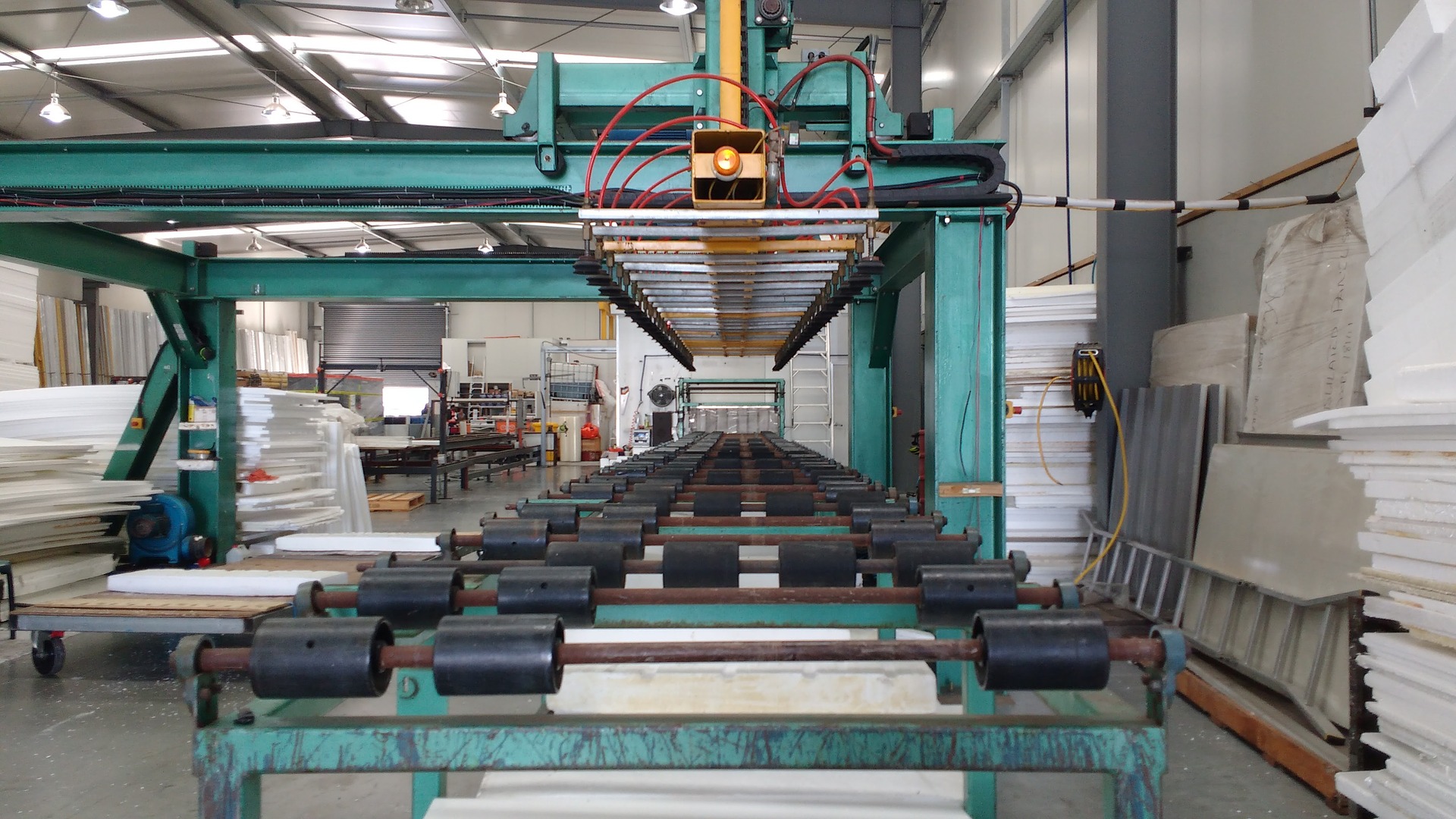The last stage of any product’s production is the manufacturer’s finishing touch. This is the most important part of the manufacturing process. The final touch enables an end product to be of high quality and withstand any wear and tear.
The first goal of the product manufacturing process is to achieve the maximum quality from its raw materials with minimum cost. However, the ultimate aim of any manufacturing process is to ensure that the end product has met the specifications of the customers. The consumer’s order consists of various parameters that may not necessarily suit all the products available.
Certain products may have specific requirements that may not be present in others. Some manufacturers need barcode labels suppliers to provide them with compliant product identifiers. This ensures the manufacturers are meeting quotas, managing efficiency and quality assurance throughout the process.
For overall look and feel, certain products may require specific finishes that are best suited for their application. These parameters that need specific finishing provide ample scope for the manufacturer to incorporate innovative methods to develop the product to the specification of the customer.
The final touch includes the incorporation of a finish into the product. Different finishes are used for different purposes. Here are some of the finishing techniques that are used by the majority of manufacturing industries.
Primer – Primer is applied before painting as a way to give the paint something to stick to so that painted products have a natural look and feel. Primer also serves as a surface sealant for the finish to be applied over the final product. This process involves applying paint over a surface that is covered with primer.
Finish – The finishing process involves treating the finished product with a coating or surface preparation. An application of the final finish involves painting the product with a finish and letting it dry. The different techniques of the finishing process are; glazing, matte clear, and micro-texture coating.
Color – Coloring the finished product makes it more unique and appealing to the customer. Color can be applied to the product in many ways. The finished product may be painted, engraved, embossed, textured, or textured with a base coat of color. The finish should be thick enough to prevent the paint from peeling off.
Coating – The most common type of coating is the one that is applied with a brush. A brush is used to apply the coating on the product that is covered with primer. There are many types of coatings that can be used; such as gels, spray coating, acrylic coating, and liquid coating.
Machine finishing – The process of machine finishing is used to apply a finish on the product without the assistance of a manual worker. This is because the tools required for the process do not produce any sort of messy residue. Machine finishing can be applied to the surface of a product that requires water-based paint or any type of powder coating.
Packaging – A packaging company also acts as a support team during the process of product manufacturing. Their role is to help the manufacturer in many ways.
The packaging is necessary to get the product into the consumer’s hands. It is the first thing that the consumers will see when they purchase the product. The finish is also used to encapsulate the product in a strong, durable package that can survive any kind of weather conditions.
The final product is what will ultimately benefit the manufacturer the most, and is what the customer will be most inclined to buy. That is why it is essential that all these aspects of manufacturing are properly addressed. The importance of the final touch of product manufacturing is the key to achieving a quality product.

